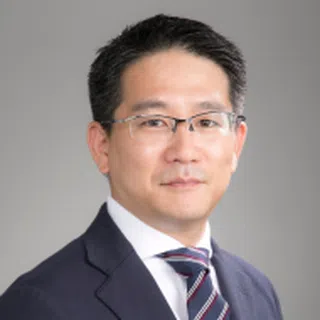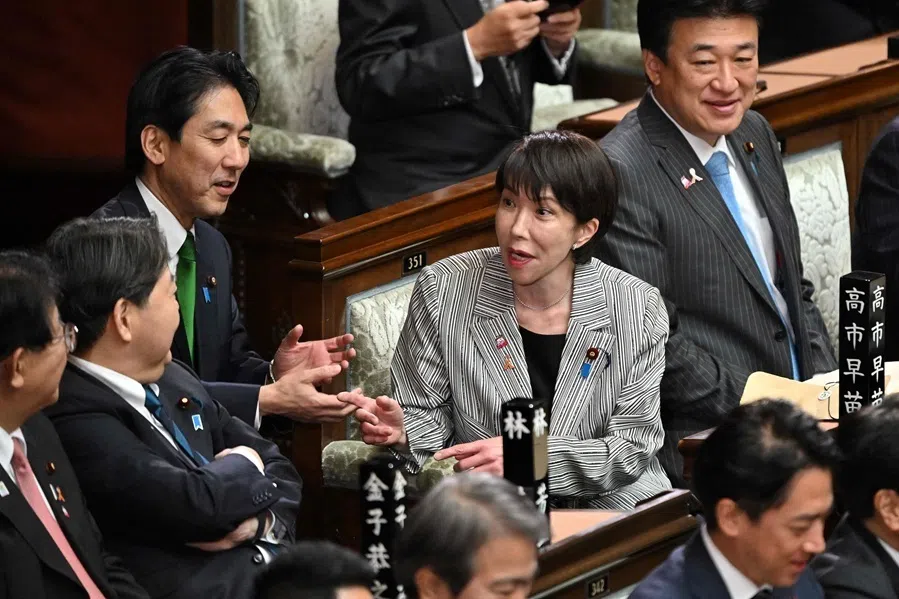Japanese academic: Who will set the new rules in the Asia-Pacific region?
How have China-Japan relations changed under the new Suga administration, and how will they continue to evolve? Japanese academic Tomoki Kamo takes a look at the language used and the diplomatic efforts of each country for clues about the power tussle between China and Japan.
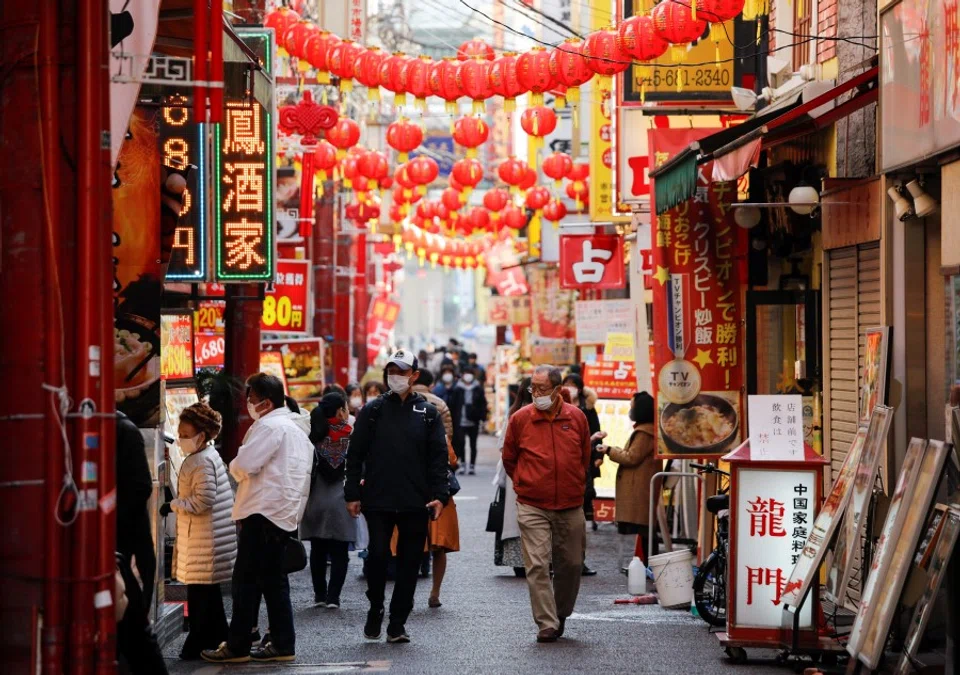
The National Security Strategy (approved by the Cabinet in December 2013), which lays out Japan's basic security policy, portrays China from two perspectives: China as an issue of "concern" and China as "indispensable to peace and stability".
"Concern" means the need to guard against China's increased attempts to change the status quo over the maritime order in the East China Sea by force. At the same time, Japan has regarded China as an indispensable presence for peace and stability in the Asia-Pacific region. Based on this understanding, Japan has expressed the need to build a mutually beneficial strategic relationship with China in all areas, including finance, security, culture and personnel exchanges.
Since the approval of the National Security Strategy, Japanese diplomacy has made steady diplomatic efforts to maintain stability with China as "an indispensable part of peace and stability" while taking a stand against China as an issue of "concern", culminating in the Sino-Japanese summit in June 2019. According to the Ministry of Foreign Affairs of Japan (MOFA), through this meeting, the two countries confirmed that relations are back on track and developing well in new directions, and expressed a shared determination to carve out "a new era of Japan-China relations".
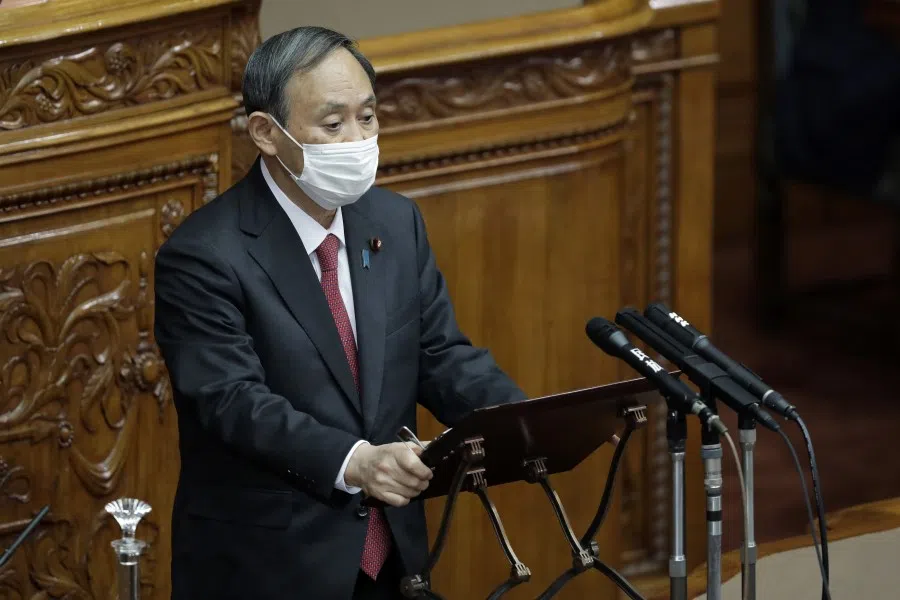
However, the meaning of the phrase "a new era of Japan-China relations" needs to be questioned. What does the word "new" in "a new era" really mean? As a term to describe Japan-China relations since 2020, it is an abstract notion.
Interestingly, the current Japanese government does not use traditionally accepted notions to describe Japan-China relations. The phrase "mutually beneficial relationship based on common strategic interests" has been repeatedly used in the Diplomatic Bluebook published annually by MOFA. However, the Diplomatic Bluebook 2020 does not contain this phrase, instead referring to the "mature Japan-China relationship in the new era".
Furthermore, Prime Minister Yoshihide Suga has not been using the phrase "mature Japan-China relationship in the new era" in his official statements. In a policy speech by then Prime Minister Shinzo Abe to the regular Diet session in January 2020, Prime Minister Abe explained the direction of the development of Japan-China relations using the phrase "mature Japan-China relationship in the new era". However, in his policy speech in the regular Diet session in October 2020, Prime Minister Suga, while noting the importance of the Japan-China relationship, used neither "mutually beneficial relationship based on common strategic interests" nor a "mature Japan-China relationship in the new era".
It is not clear what is behind Prime Minister Suga's choice not to use these phrases. However, I interpret this positively, as an attempt to avoid describing the Japan-China relationship going forward as simply a "continuation" of the past.
From now on, the battle for leadership between Japan and China over the institutions of order in the Asia-Pacific region in the fields of politics, economics and military security - in other words, the right to set the rules of the game - will explicitly begin.
The international community in 2020 is increasingly interested in building an international economic order in the Asia-Pacific region. The year 2020 will be remembered as a turning point when China and Japan began to engage in power politics to build systems that will shape the international economic order in the region. While Sino-Japanese power politics has always existed, from now on it will become more visible.
On 15 November 2020, Japan and 15 other countries signed the Regional Comprehensive Economic Partnership for East Asia (RCEP). Various schemes for cooperation to achieve economic order in Asia exist, including APEC and the Trans-Pacific Partnership (TPP), as well as initiatives such as the Belt and Road Initiative, AIIB, and Free and Open Indo-Pacific (FOIP). The RCEP is significant for its inclusion of Japan and China in the framework of the dialogue on building systems (rules) to shape the economic order in Asia. From now on, the battle for leadership between Japan and China over the institutions of order in the Asia-Pacific region in the fields of politics, economics and military security - in other words, the right to set the rules of the game - will explicitly begin.
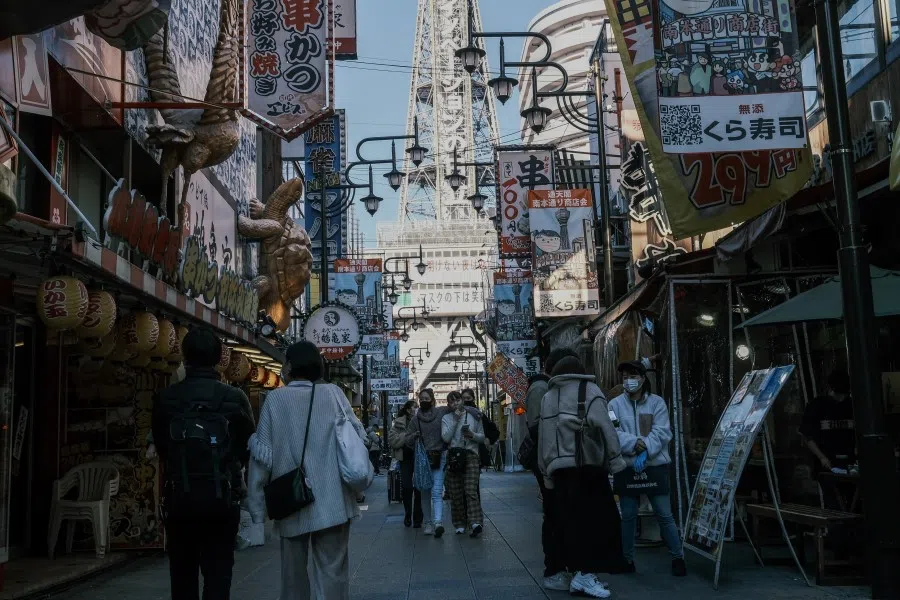
In the 13th Five-Year Plan on National Economic and Social Development formulated in March 2016, China proposed the concept of "institutional discourse power," meaning "the power to make China's demands acceptable in agenda-setting and voting in international institutions that shape the international order". Now China is explicitly seeking to strengthen its "structural power". China will no doubt also seek to expand that power through the RCEP.
While the idea of creating a win-win situation via economic cooperation through institutions is advocated in the Asia-Pacific region, when it comes to institution building the reality is one of competition. Japan must recognise that China is no longer a bilateral partner but a player that is trying to create the "rules of the game" for multilateral relations in the Asia-Pacific region, which encompasses all players - China, Japan, Southeast Asia and Oceania. Who will set the new rules? 2020 is the year we enter an era of fierce competition to acquire the right to set the agenda and the right to vote.
In light of this reality, Japan must create a high-level permanent and close understanding with China, which is both an issue of "concern" and "an indispensable part of peace and stability". At the same time, in order to survive in this era of fierce competition, it must understand the system that is China and hone its ability to envision regional order.
With the visit of Chinese Foreign Minister Wang Yi to Japan, direct dialogue between China and Japan - stalled due to the pandemic - will resume. Competition too will resume.
Related: Targeting China, Japan's Indo-Pacific strategy in Southeast Asia runs into headwinds? | Post-Abe: Japan's first-rate society will be ballast for stable China-Japan relations | China's 'new era' for China-Japan relations does not match Japan's needs | How Japan will deal with China-US conflict and the Taiwan issue under the new Suga administration | Japan is not decoupling from China | Japan's foreign policy under Yoshihide Suga: Countering chaos with pragmatism
